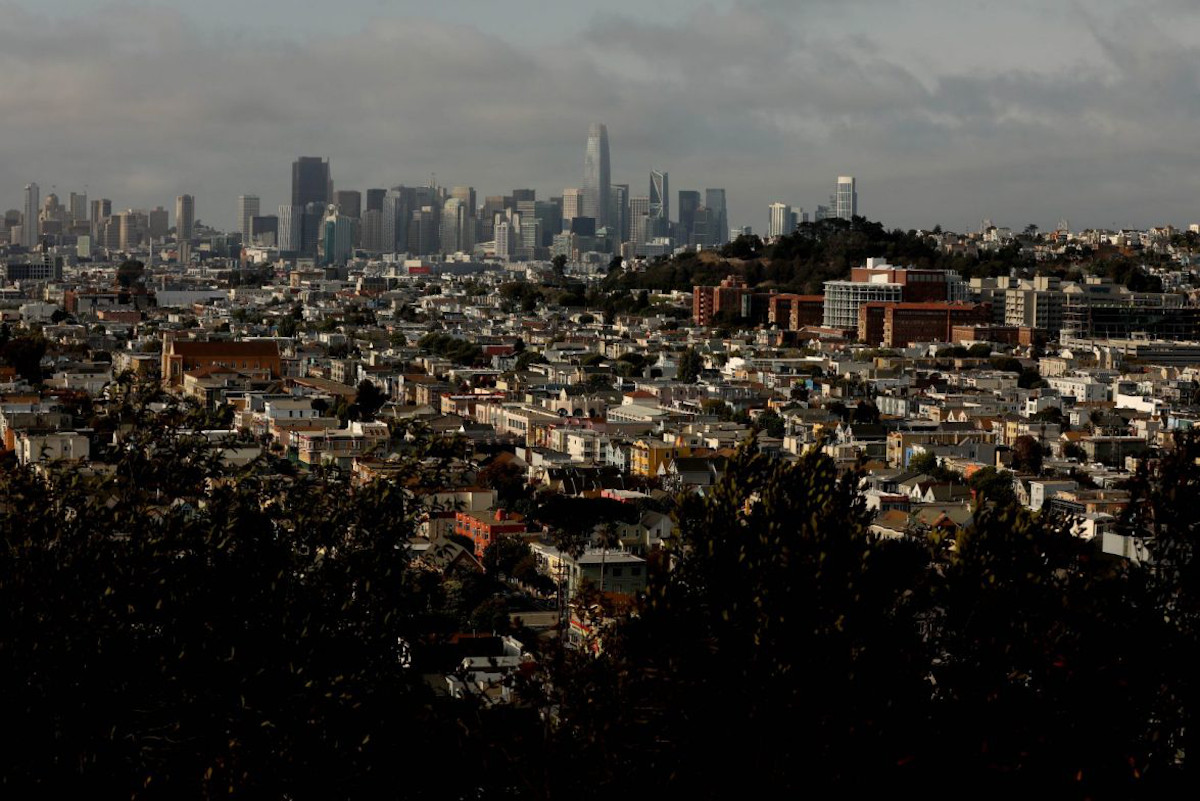This story was originally published by The Guardian and is reproduced here as part of the Climate Desk collaboration.
In San Francisco’s Sunset District, rows and rows of pastel-colored, two-storey homes flow from the edge of Golden Gate park into the sand dunes of Ocean Beach. Many houses here have solar panels on their roofs and compost bins at their driveways, flanked by hybrid and electric cars.
Yet here – and all over this city – one major solution to both the housing crisis and the climate crisis has been met with fierce resistance: building more.
Climate scientists and urban planners increasingly suggest that one of the most impactful ways to slash greenhouse gas emissions is to make cities denser. This change, scientists have calculated, could work as well as or better than installing solar panels on all new constructions or retrofitting old buildings with energy-saving technologies. Residents of cities like San Francisco, Chicago, New York and Minneapolis already have much lower carbon footprints than in the surrounding suburban sprawl. City dwellers tend to have smaller apartments that require less energy to heat and cool.
... Read more